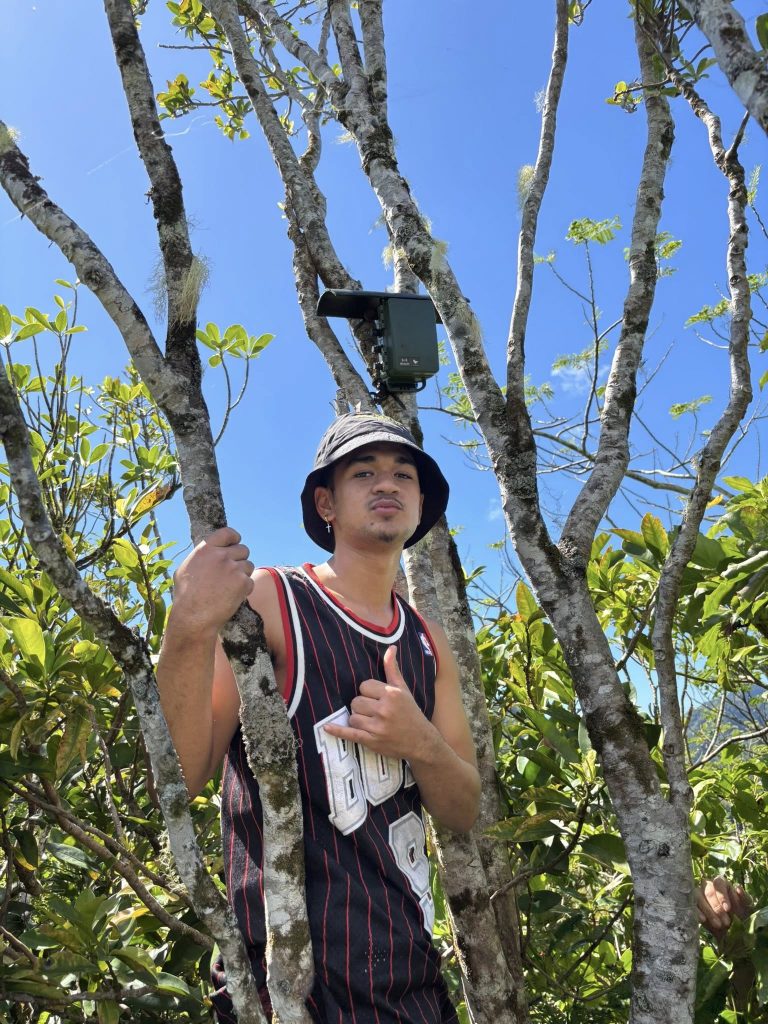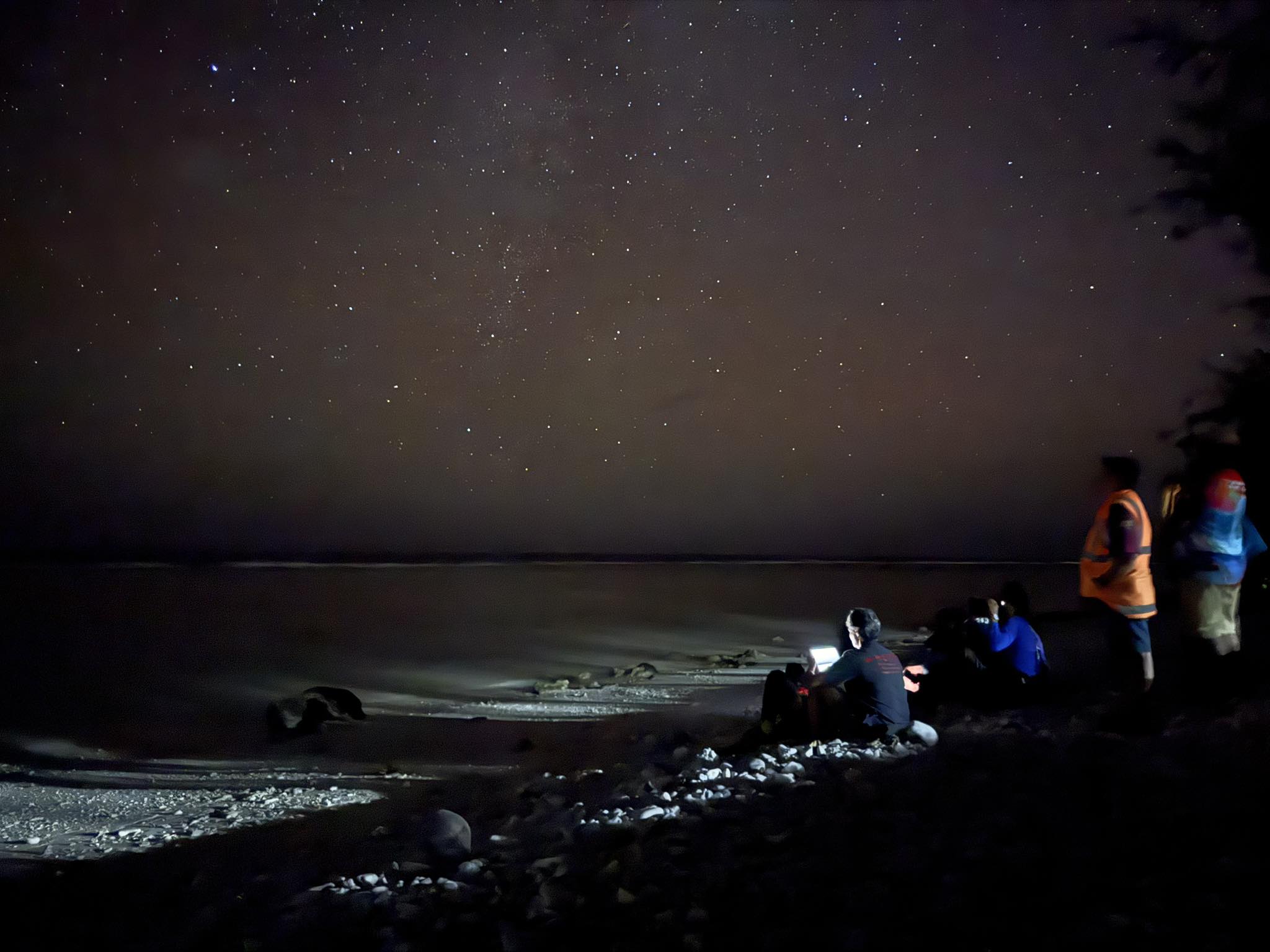Sharing seabird monitoring techniques
A new seabird monitoring initiative, Manu Tai o te Kūki ʻĀirani, launched earlier this year to better understand the presence of elusive seabirds—petrels and shearwaters—on Rarotonga, Mangaia, and Atiu.
These seabirds, known locally on Rarotonga as Koputu, have long been difficult to study due to their natural behaviour of returning to their nests on islands at time, after a long day of fishing at sea.
Thanks to advances in acoustic monitoring technology, it’s now possible to record the sounds of these elusive sea birds through specialised devices called song meters or acoustic recorders. These instruments record the distinctive calls of the petrels and shearwaters during their activity periods—typically just after sunset and before sunrise. For example, the unique calls of these petrels and shearwaters include the prehistoric like dinosaur call which the Tahiti petrel make, or the wailing crying baby call of the Wedge-tailed Shearwater.
To build capacity around these surveying techniques, a Seabird Monitoring Workshop was held in Rarotonga earlier in the week. Funded by the Secretariat of the Pacific Regional Environment Programme (SPREP) and supported by the National Environment Service (NES), the workshop featured contributions from the Archipelago Research and Conservation (ARC) and Te Ipukarea Society (TIS). Participants learned how to deploy and interpret data from song meters and learnt about the tracking and tagging of seabirds to better understand their long distant movements between land and sea.
The workshop was also able to share local results from the Manu Tai o te Kūki ʻĀirani project, which in the space of eight months has already discovered 3 new species records on Rarotonga, including the Tropical Shearwater, Collared Petrel and Tahiti Petrel, through the use of 10 song meters deployed across Rarotonga’s well-known mountains.
In Mangaia, the monitoring team—joined by Apii Mangaia school principal Michale Papatua—conducted a night survey at Paata lookout. The night survey confirmed Tropical shearwaters returning to their nests on the cliff below the Paata look out. This confirmation was based on their unique call, and by seeing the birds in flight via night and heat vision binoculars. A song meter was placed in this area with the goal of recording the tropical shearwaters calls over the next year and hopes of discovering new species calls.

Apii Mangaia students; Maryanne Aisea, Tearoa Maine, Pa Rere, Lucky Toko were also able to help the monitoring team locate a second acoustic monitoring cliff site near Arerangi in the Puna Tavaenga district.
Other promising nesting habitat sites include the rugged makatea terrain near the Saragossa Shipwreck, where cracks in the sharp fossilized coral also provides favourable nesting spots for smaller storm petrel species. The uplifted pandanus roots along the coast also presents likely nesting habitats for Wedge-tailed Shearwaters.
The song meters for Rarotonga, Mangaia and soon to come Atiu are to remain in place for a full year to gather seasonal data. This will provide insights into what species are currently nesting on islands and an idea on population sizes. Ultimately, the project lays a foundation for conservation planning and better protection of these elusive petrel and shearwater seabirds.
Te Manu Tai o te Kūki ʻĀirani is a collaborative seabird monitoring project involving local and regional partners; Te Ipukarea Society, Archipelago Research and Conservation, National Environment Service, Ministry of Marine Resources, Takuvaine Management Kumiti, Apii Mangaia, South Pacific Regional Environment Programme, Island Conservation and BirdLife International. This project would not be possible without the financial support of the National Fish and Wildlife Foundation.

